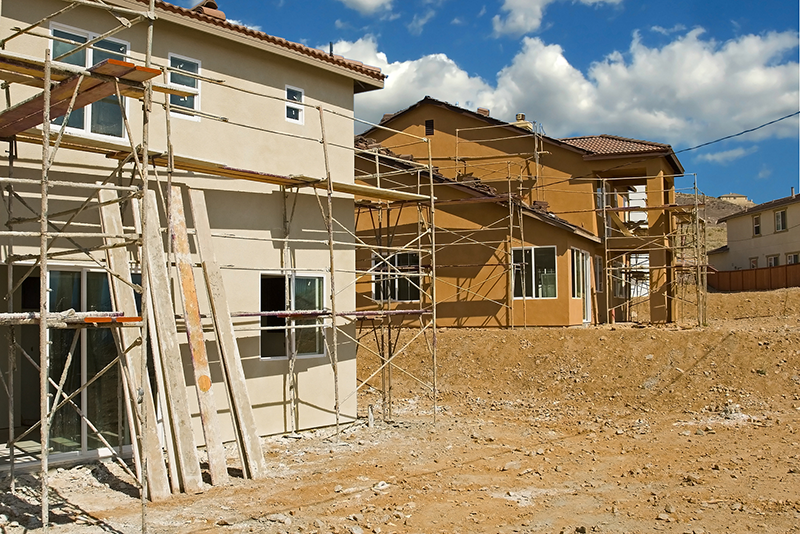East Riding Council’s planning committee has given planning permission to a new housing development on almost 100 acres of open land just south of Beverley, with 900 new homes set to be built on the land.
According to the Hull Daily Mail, councillors agreed to the plans after concerns were raised about the impact on Beverley Minster, “monotonous speculative housing” and a long wait for the park and ride because builders signed a legally binding document stating that ten per cent of the properties in the first phase have to be affordable housing. The amount will also be set for review for later phases as well.
The majority of the land set to be developed is in agricultural use at the moment and the site is one of several included under the council’s Local Plan that has been allocated for housing or mixed-use development. In all, some 3,300 new houses will be built in the area during the next ten years, the majority on sites to the south of Beverley town centre.
The first phase will see 325 new homes built, including 82 two-bedroom properties, 89 three and 155 four-bed dwellings. Construction of a new access road will also get underway, as well as a roundabout from Minster Way, which will form the main access into the development.
Work on the project is set to begin from next year, with developers saying that it could take around ten years to complete.
Interestingly, the price of development land for properties is climbing here in the UK, with Knight Frank research recently revealing that average prices for greenfield development rose by 2.1 per cent in the second quarter of 2018. This takes the annual growth to 4.6 per cent, which is the biggest hike seen since the second quarter of 2014.
Earlier this month (August 6th), charity Campaign to Protect Rural England published a report revealing that the country’s greenbelt is still under severe pressure, with 460,000 houses being planned for land released from such places – while the percentage of affordable properties being built continues to drop.
Moving the boundaries when reviewing local plans does make it easier for councils to release land for housing but this is only supposed to be done under exceptional circumstances. The publication also suggested that building on greenbelt land isn’t solving the affordable housing crisis and in fact will not do so. In all, 72 per cent of the properties built on greenfield land were unaffordable, based on the government’s definition.
And when the 460,000 houses set to be built on greenbelt land are taken into account, the percentage of unaffordable properties will rise to 78 per cent.
“The government is failing in its commitment to protect the greenbelt – it is being eroded at an alarming rate. But it is essential, if the greenbelt is to fulfil its main purposes and provide 30 million of us with access to the benefits of the countryside, that the redevelopment of brownfield land is prioritised, and greenbelt protection strengthened,” director of campaigns and policy Tom Fyans commented.
Looking for construction contractors in Hull? Get in touch with us today.

